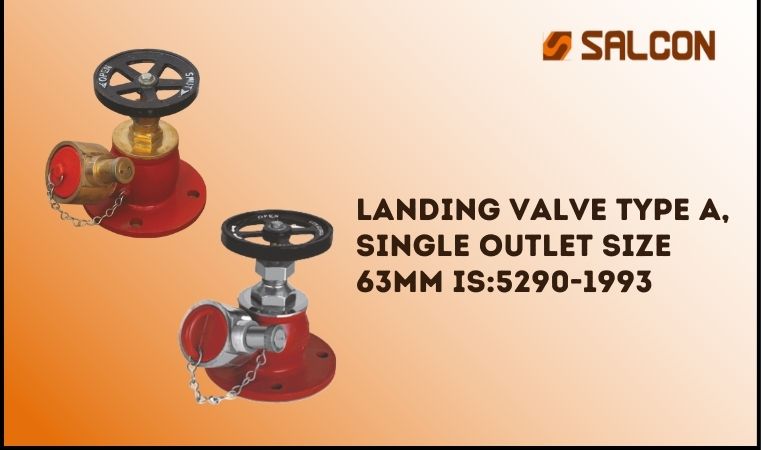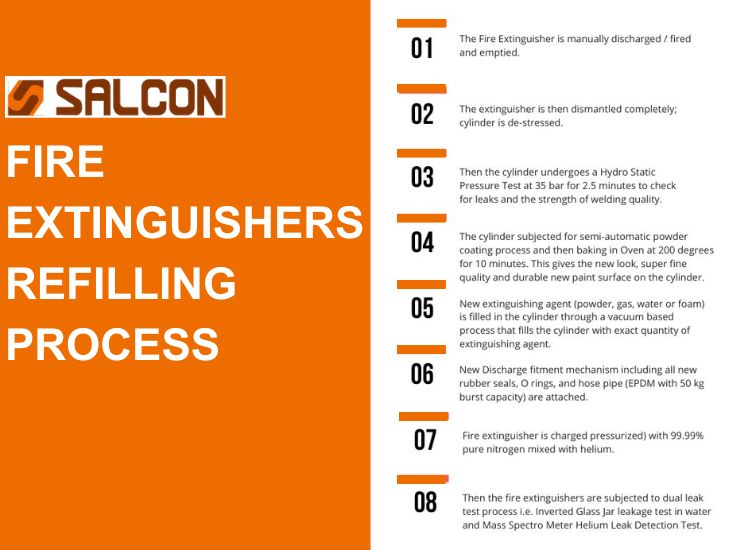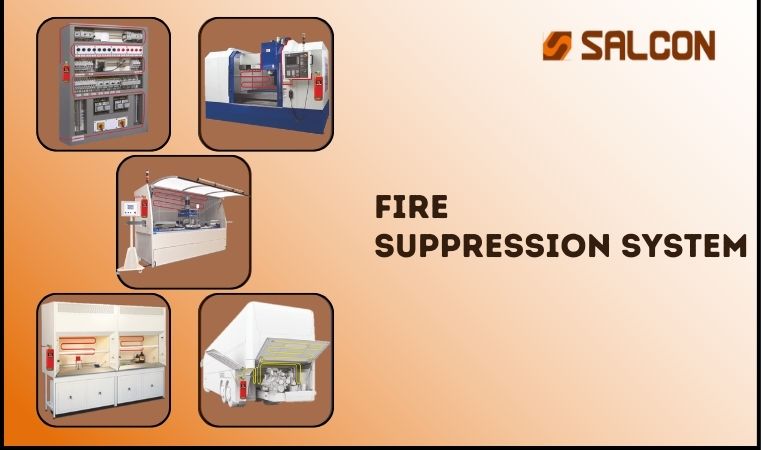
FIRE SUPPRESSION SYSTEM
FSS works on the principle of Local Application Suppression System and it is an ideal solution for places / installations where fires are hidden & one also needs 24/7 reliable fire protection. There are certain expensive machines & sensitive equipment where in case of a fire inside it, even a few seconds delay in detection & reaction can considerable damage to it.
These installations need detection & suppression of fire almost instantly, and they need it 24/7.
Choosing the right agent
SFSR systems are compatible with most commercially available fire suppression agents, including
- Clean Agent
- ABC Dry Powder
- HCFC 123
- CO2
How does SALCON Fire work ?
Direct Release Systems
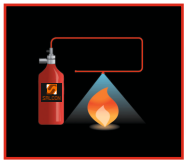
The Direct Release System utilizes the Quick Kill Fire tubing as both the fire detection as well as delivery system for the fire suppressant. The portion of the tube nearest the hottest point of the fire ruptures, forming an effective discharge “nozzle”. The pressure drop in the tube releases the entire contents of the cylinder through this nozzle.
Indirect Release Systems
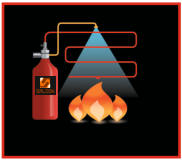
With the Indirect Release System, the Quick Kill Detection Tubing is used only as a detection device. The fire suppression agent is delivered via copper tubing, stainless steel tubing or braided hose. Once the tube “bursts”, the suppressant is discharged through strategically placed nozzles within the protected enclosure.
Swift Rejoinder Automatic Fire Systems Advantages :
- Linear detection line.
- Rapid reaction line.
- 24 hours a day ready for use.
- No external power supply
- Flexible positioning of the SVAM Tube
- Can be installed into inaccessible areas.
- Minimal environmental damages.
- Minimum maintenance.
- Low and high pressure applications
- Not affected by vibration or knocks.
- Quick and simple installation.
- No accidental discharges through disruption of the SVAM tube
- Can be used in every environment (marine, industrial atmosphere).
A Complete Range of Exnguishing Agents :
- - CO2
- - Inert Gas
- - FM200*
- - Powder
- - Class F
- - Water based
Application:
Kitchens, Fume hoods, CNC Machines, Electrical Panels, Vehicle Engines Agricultural equipment, Recharging Stations, Hydraulic Circuits, Diesel Generators, Wind Turbines, Construction Cranes and many more.....
.png)


